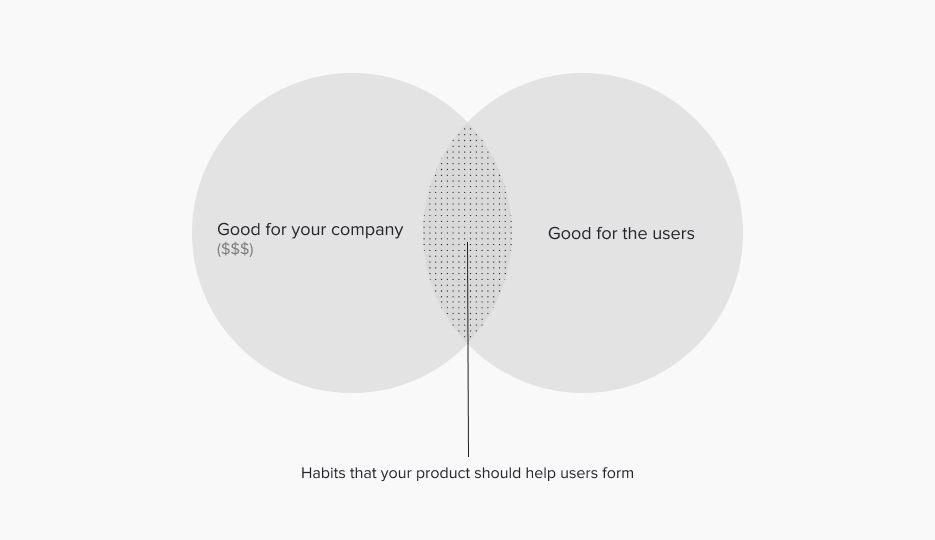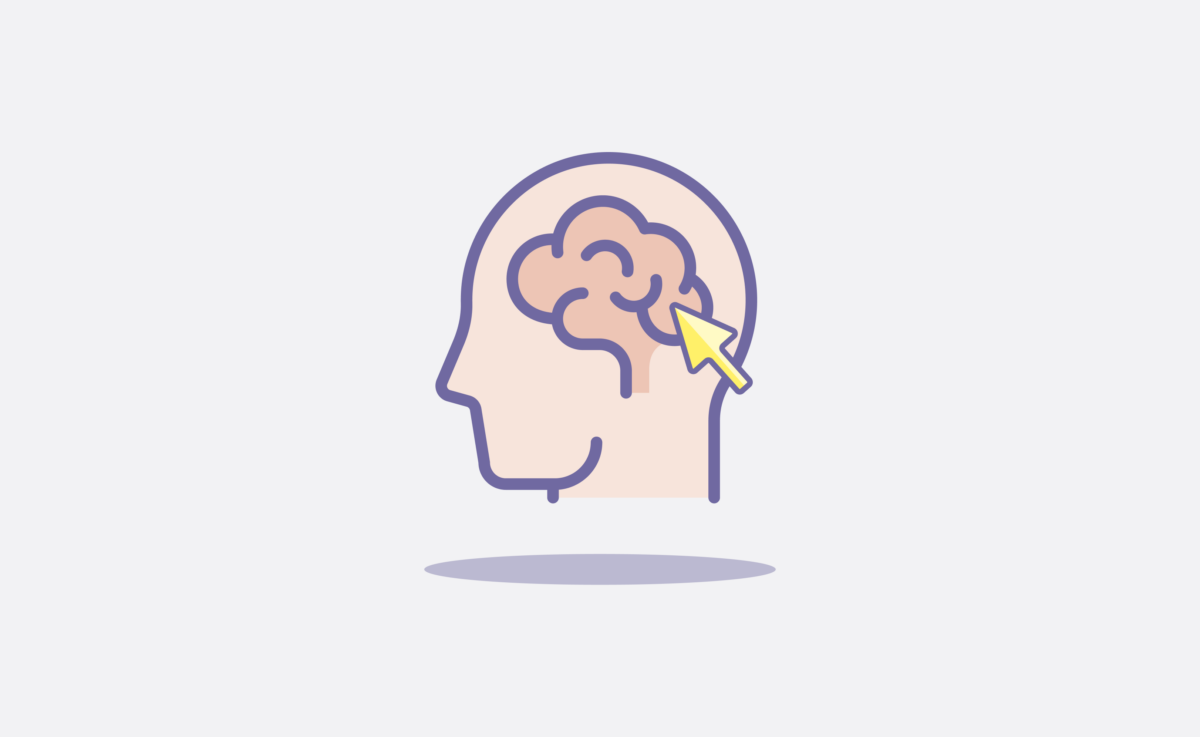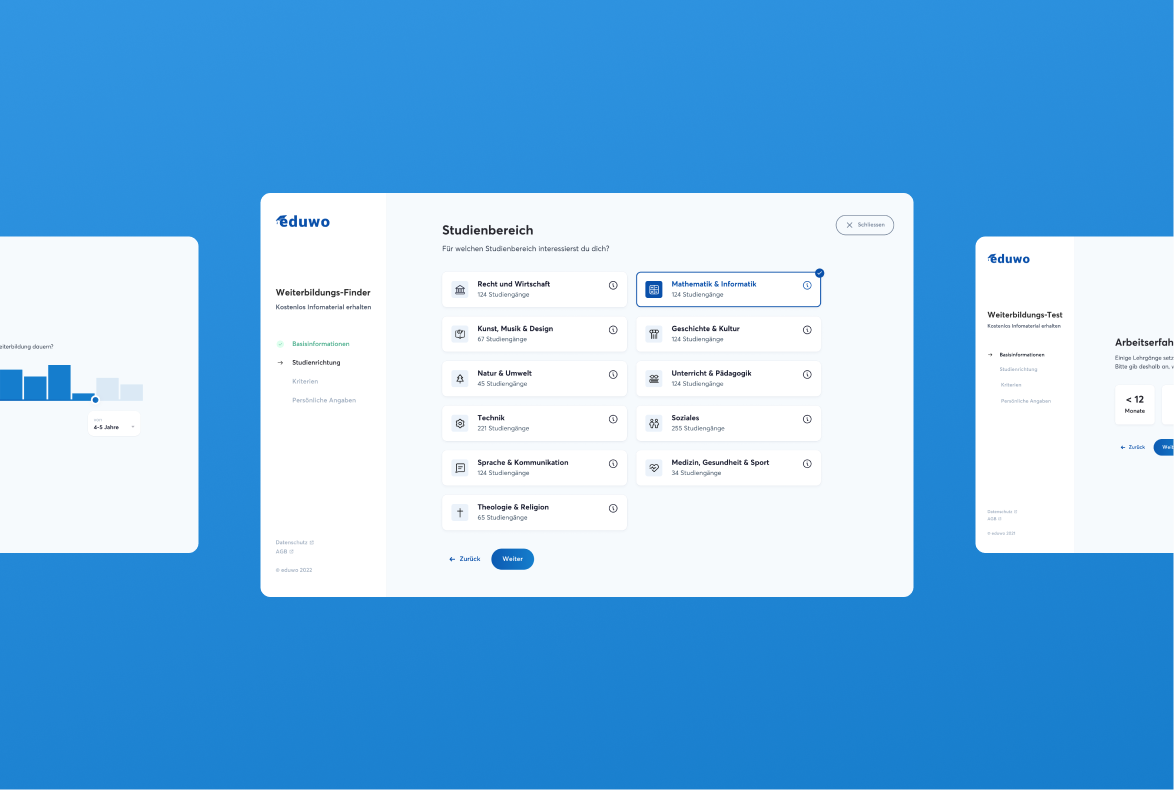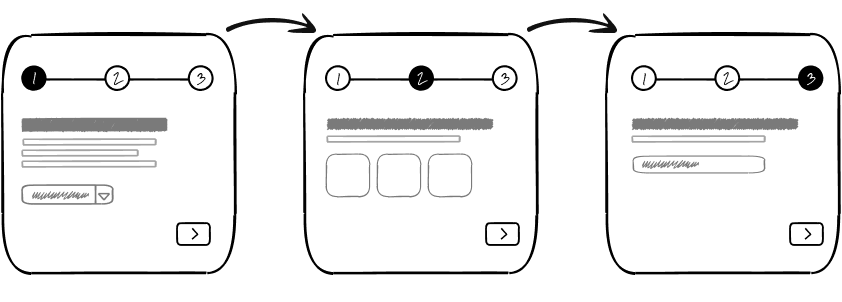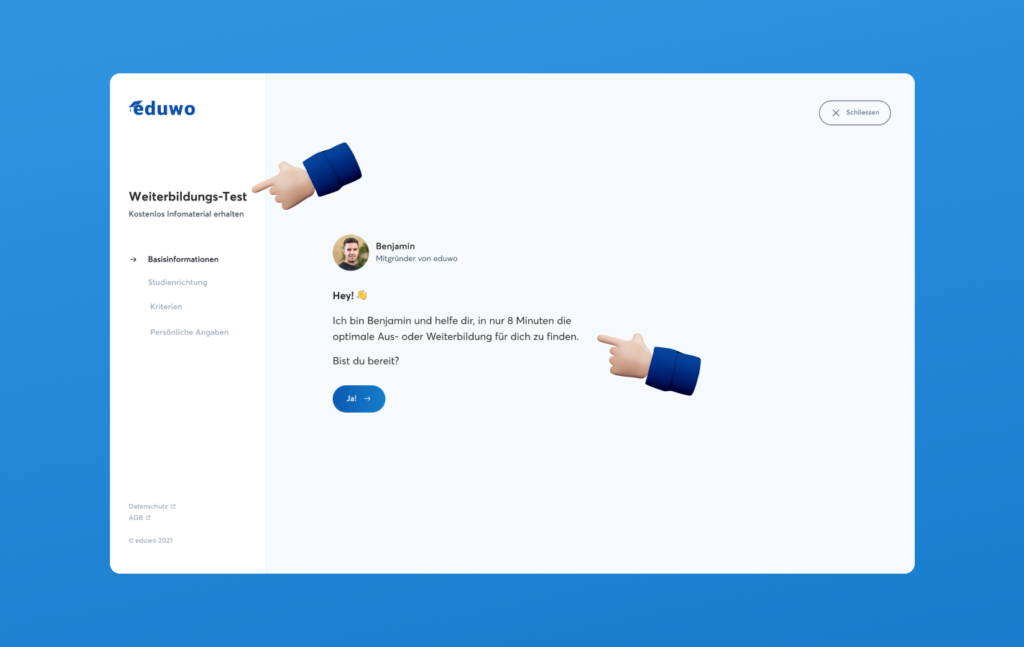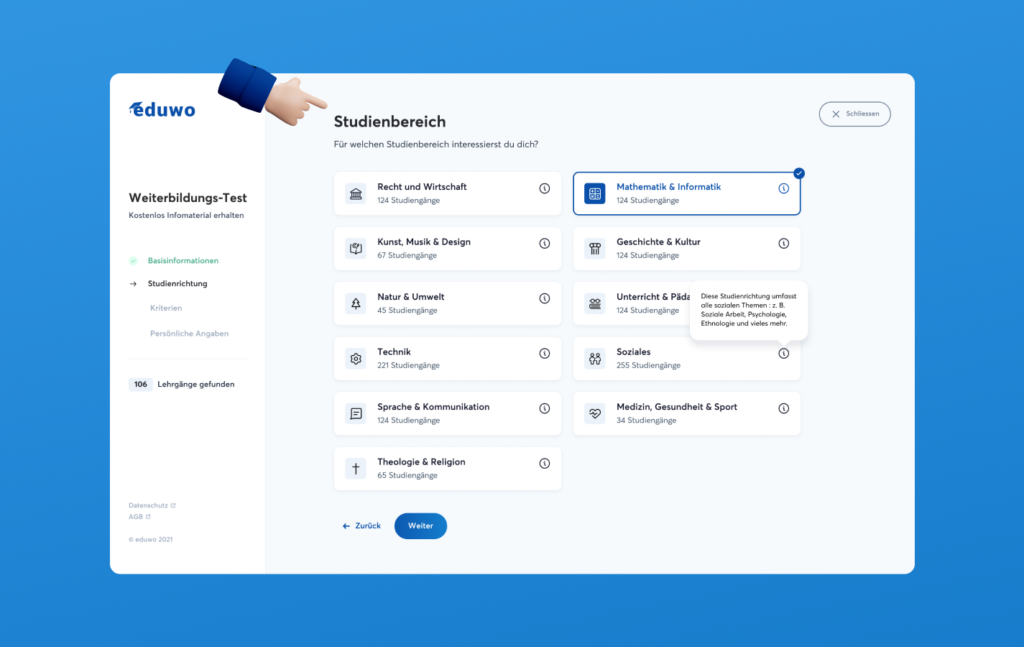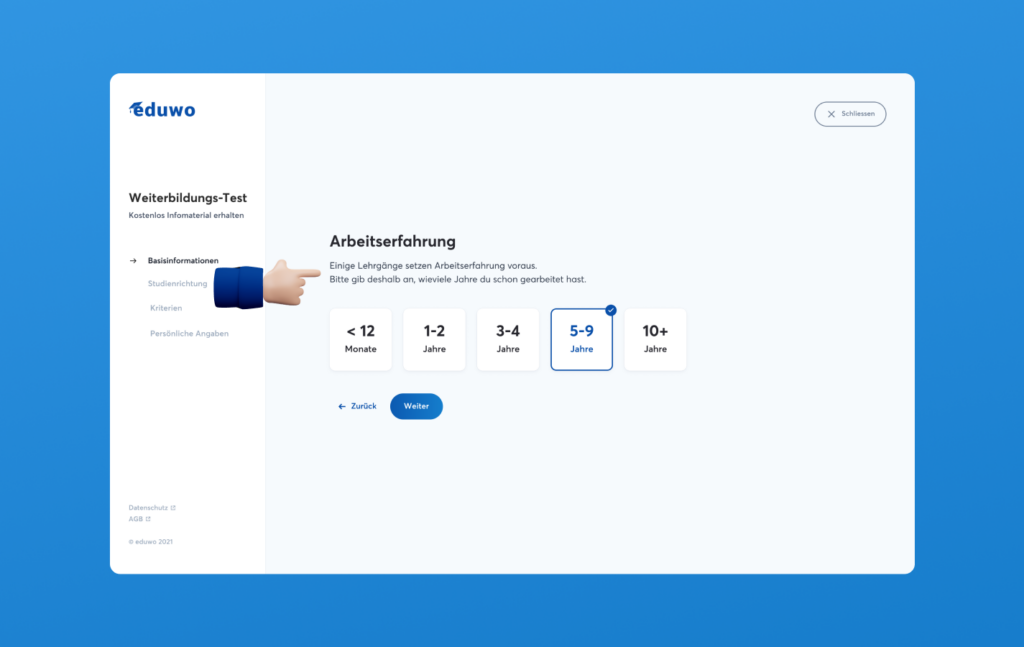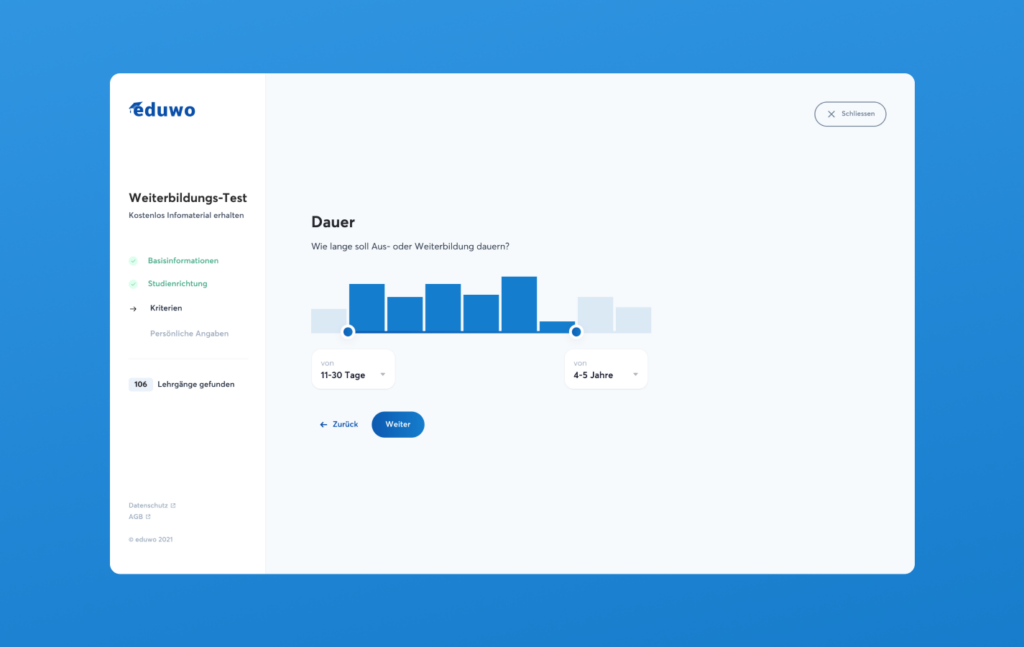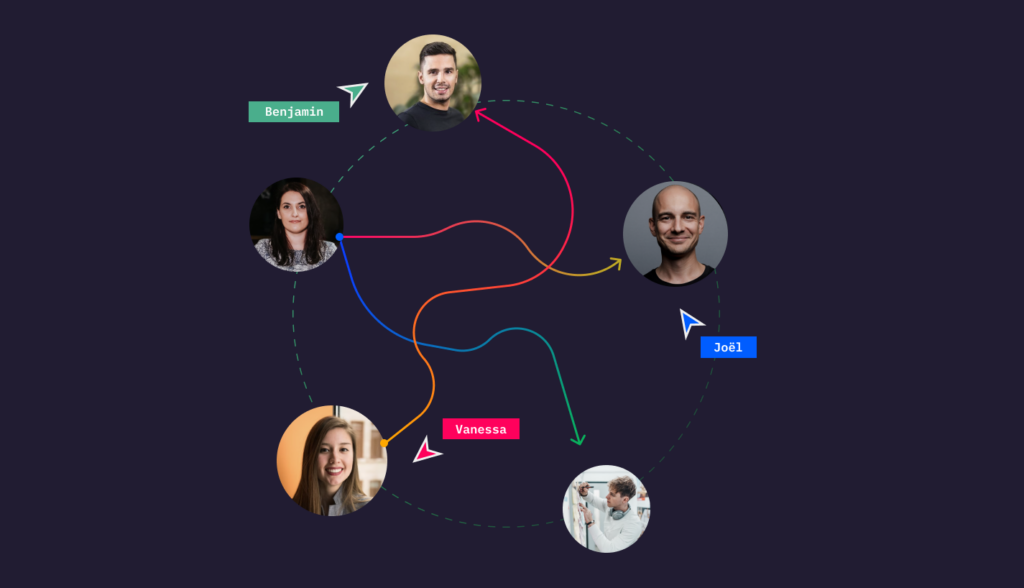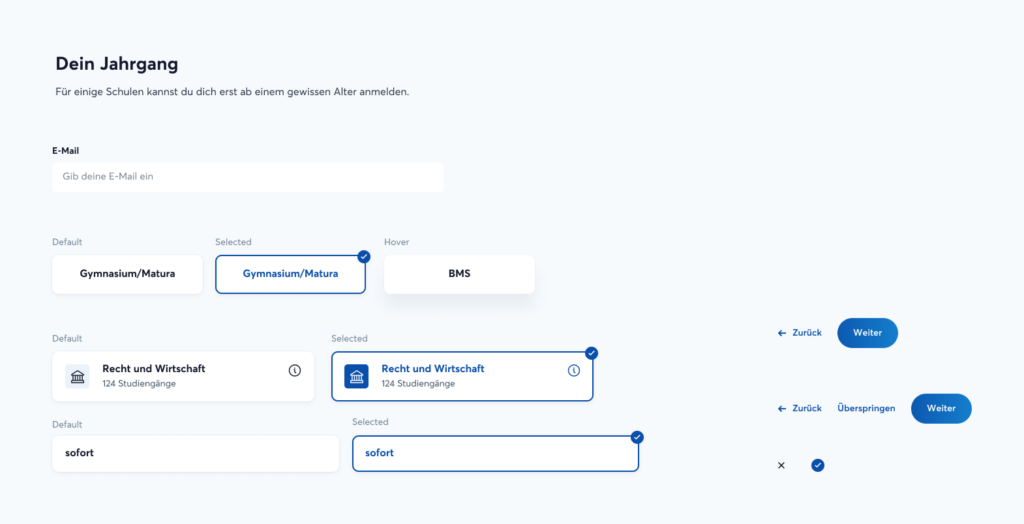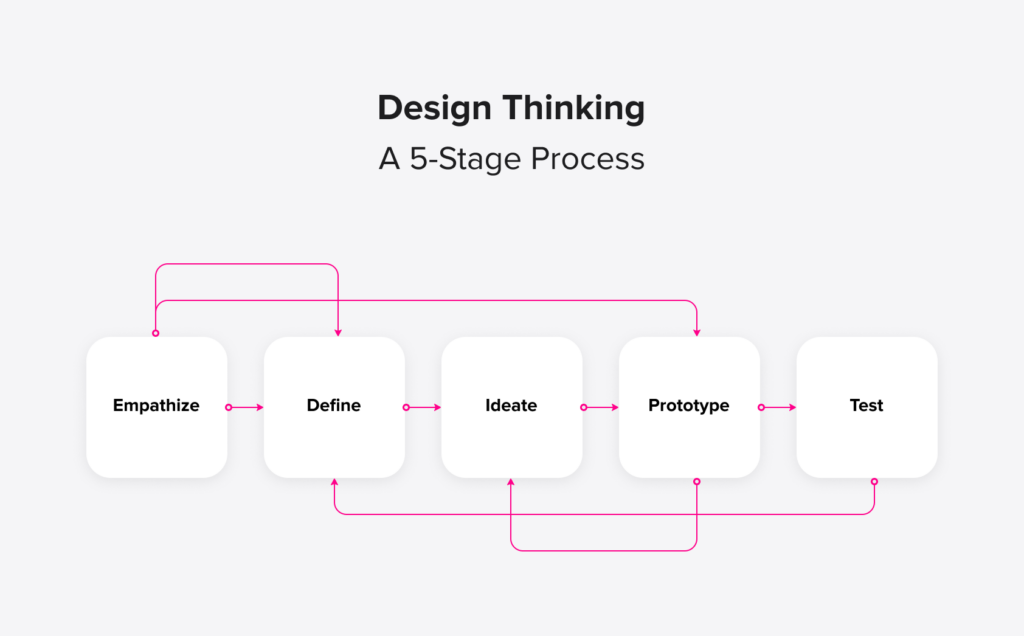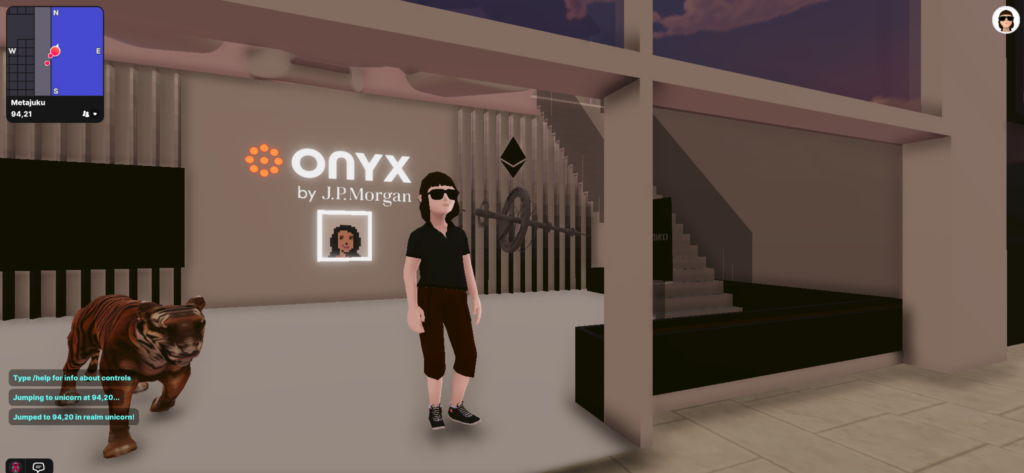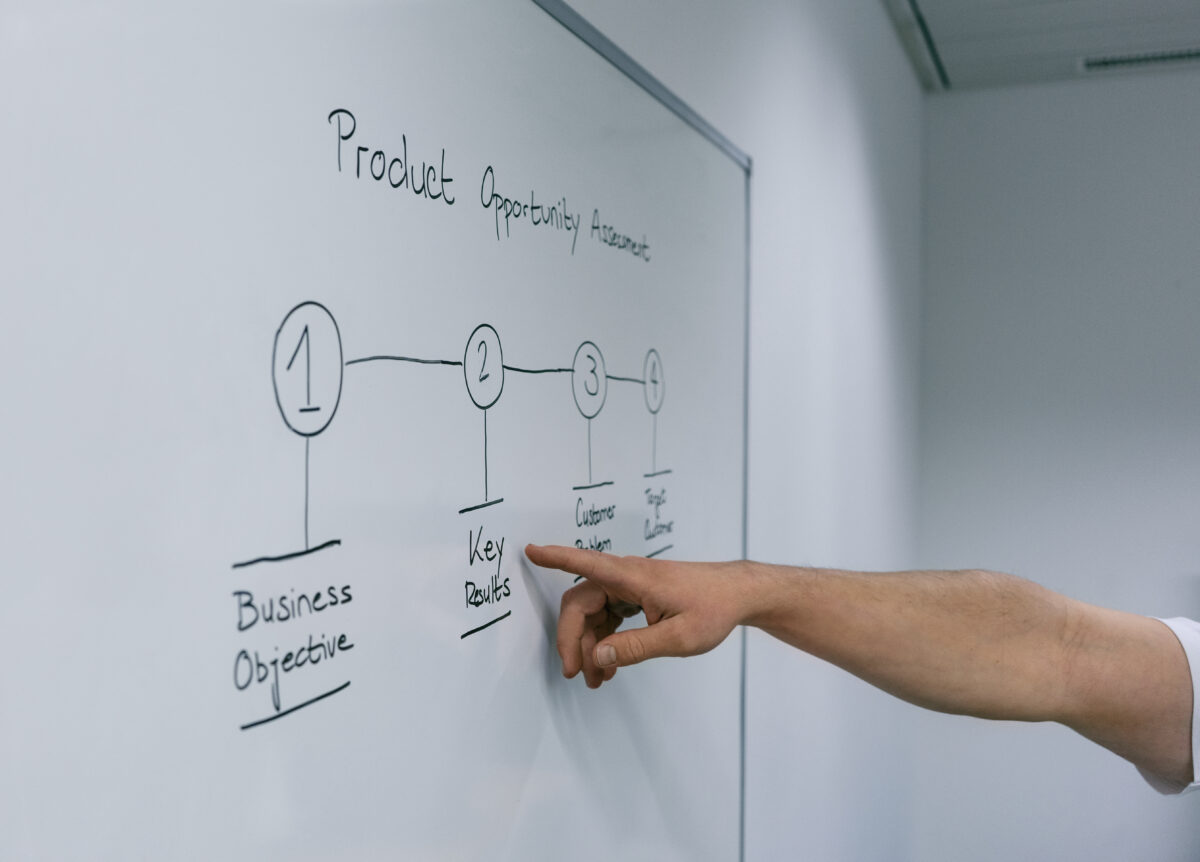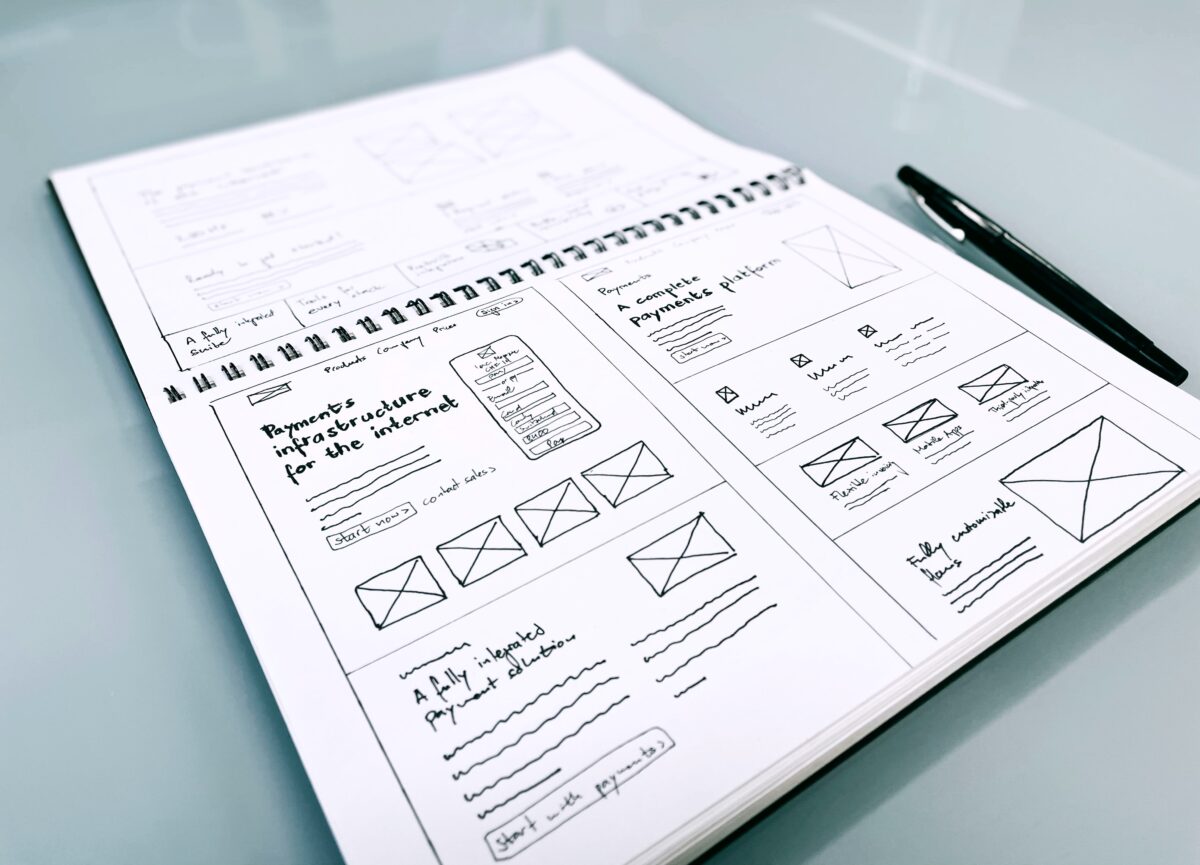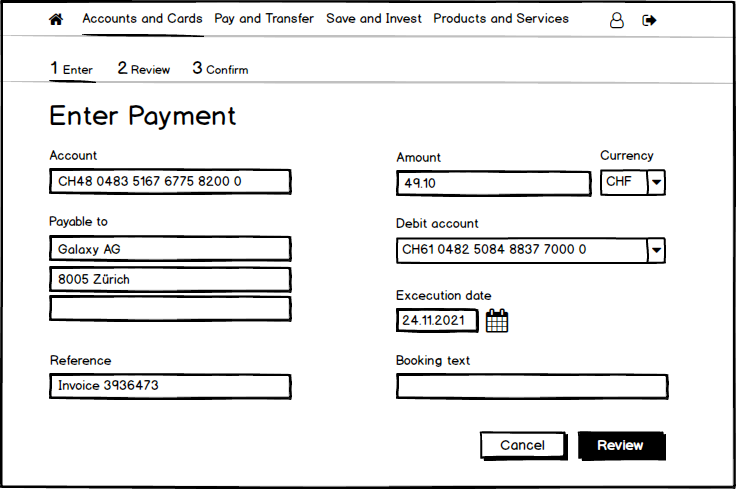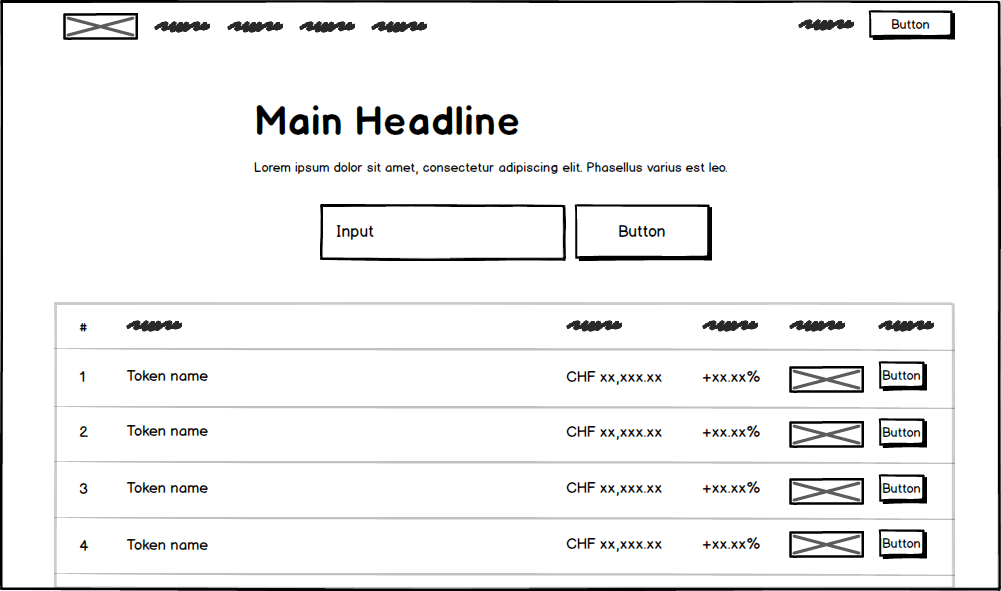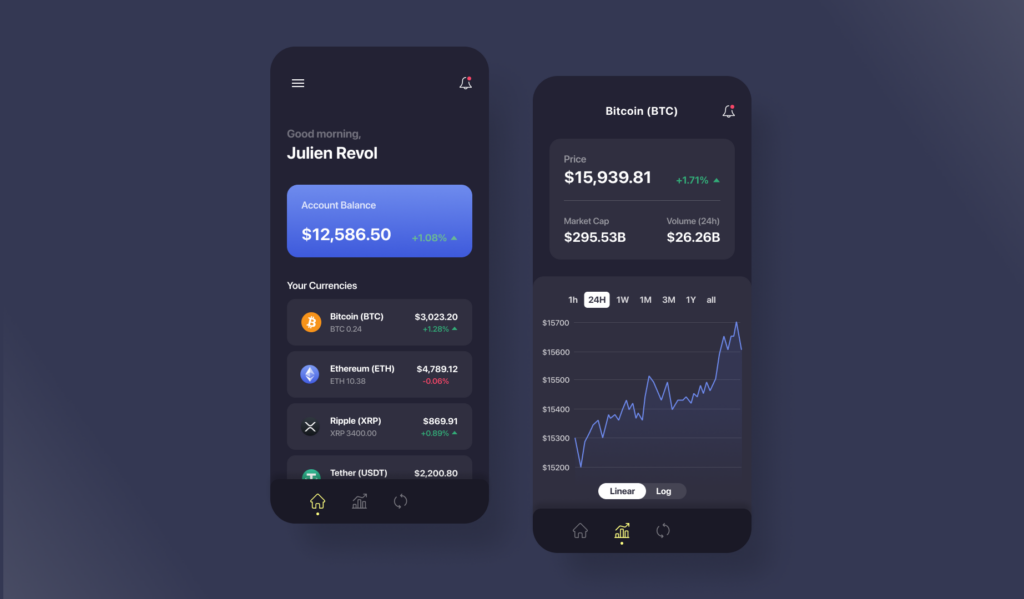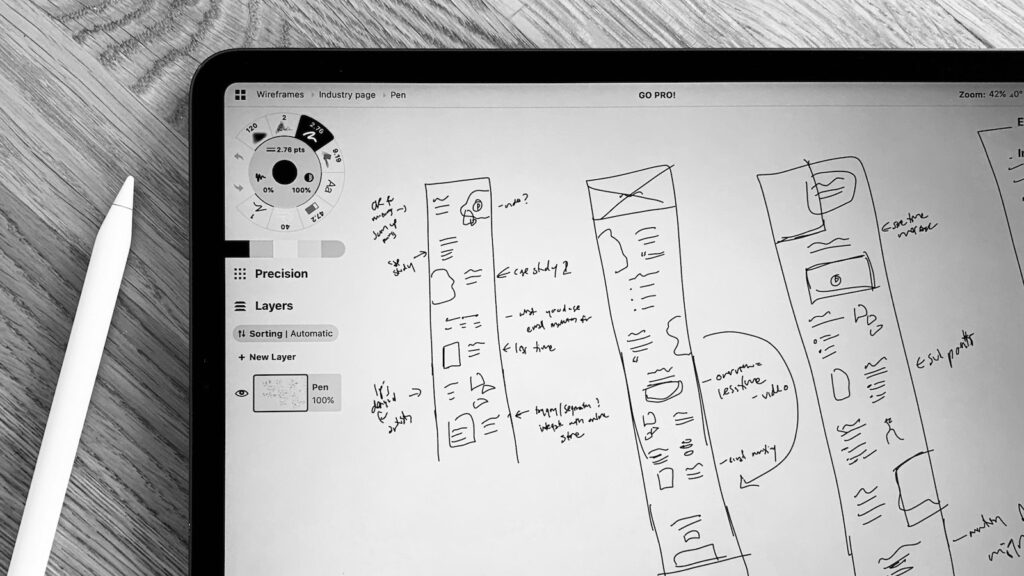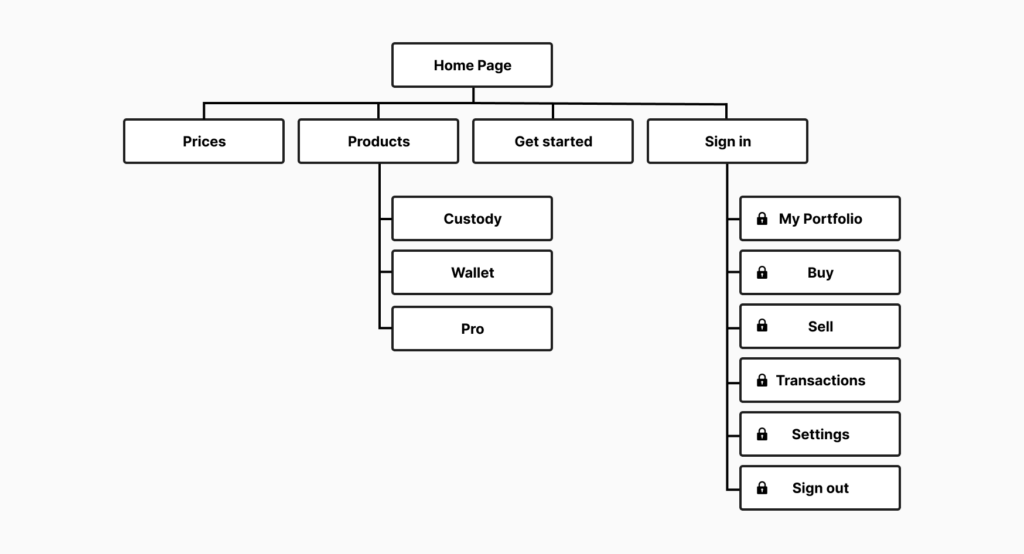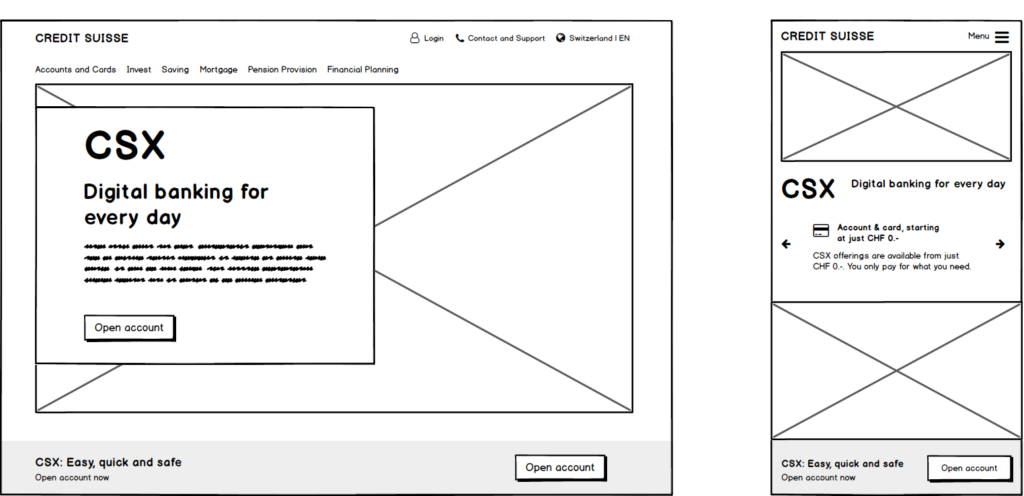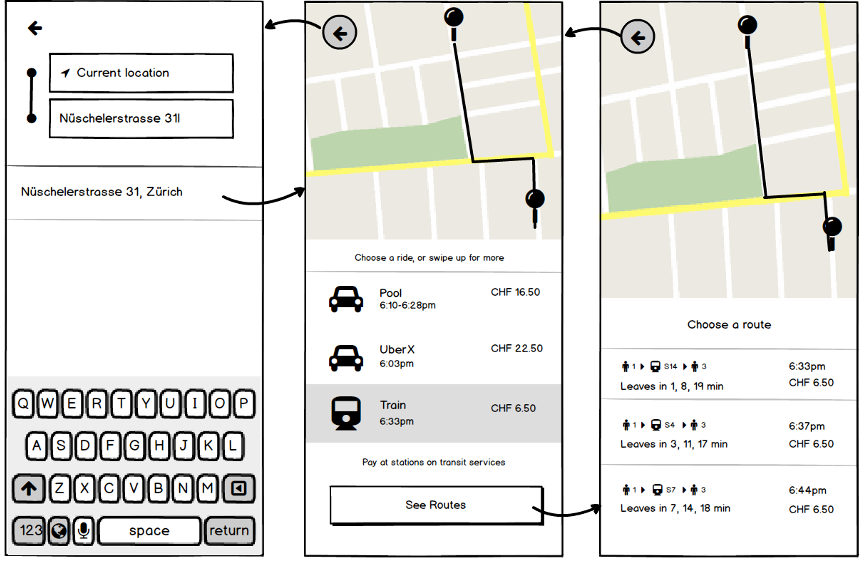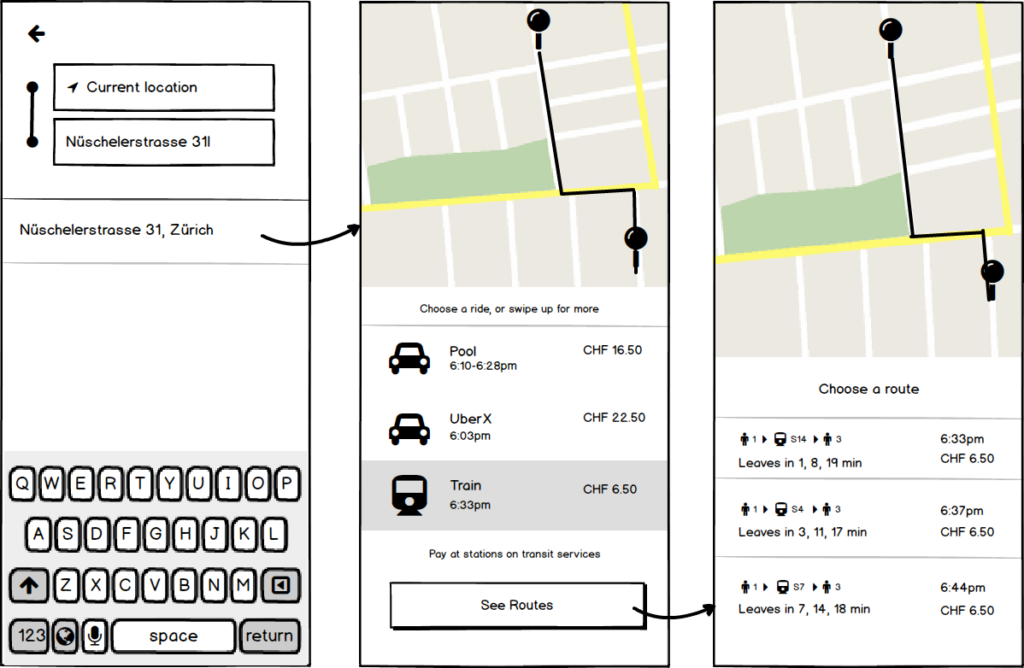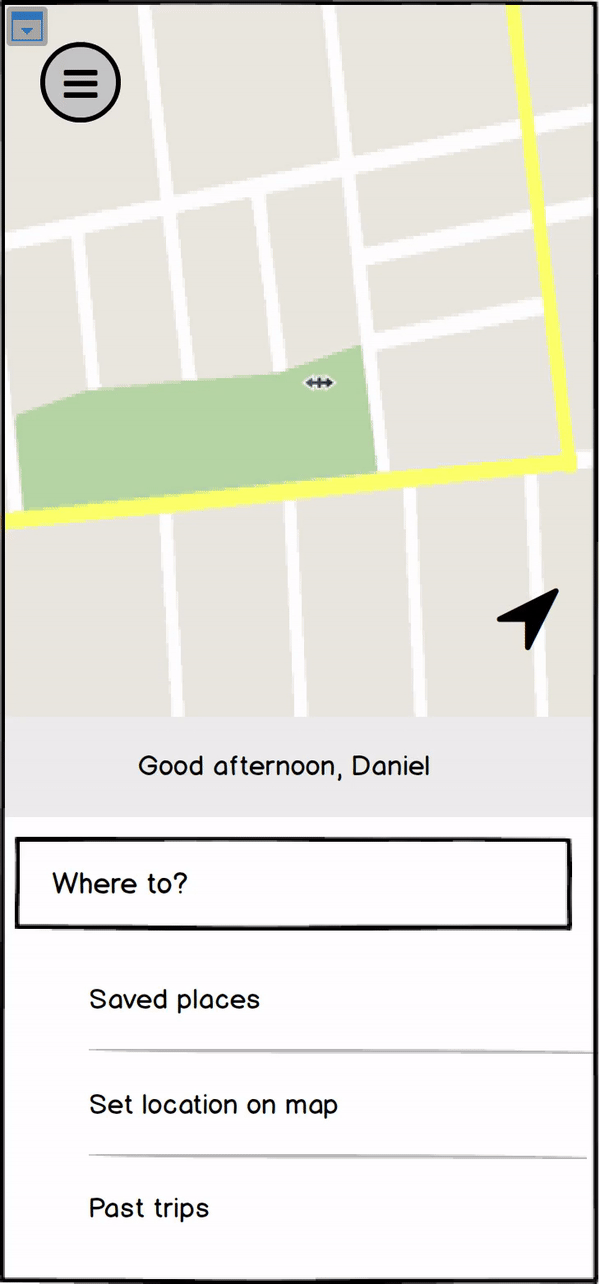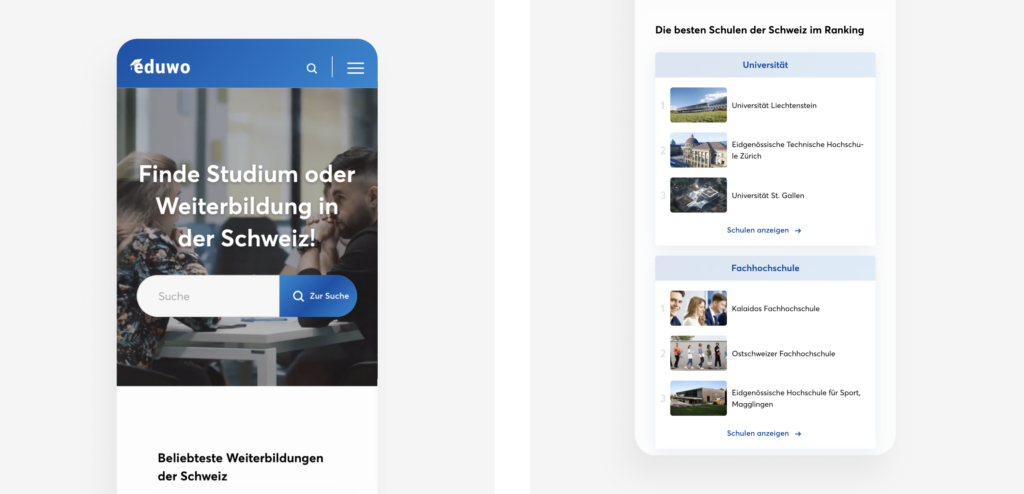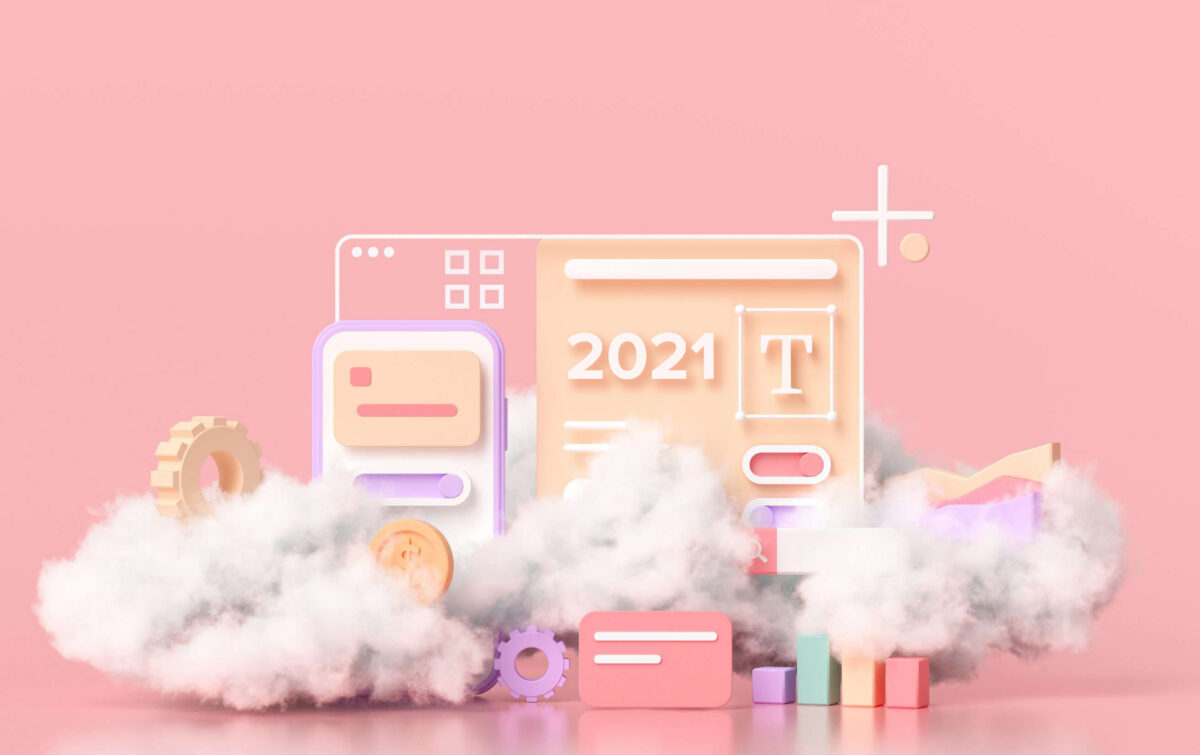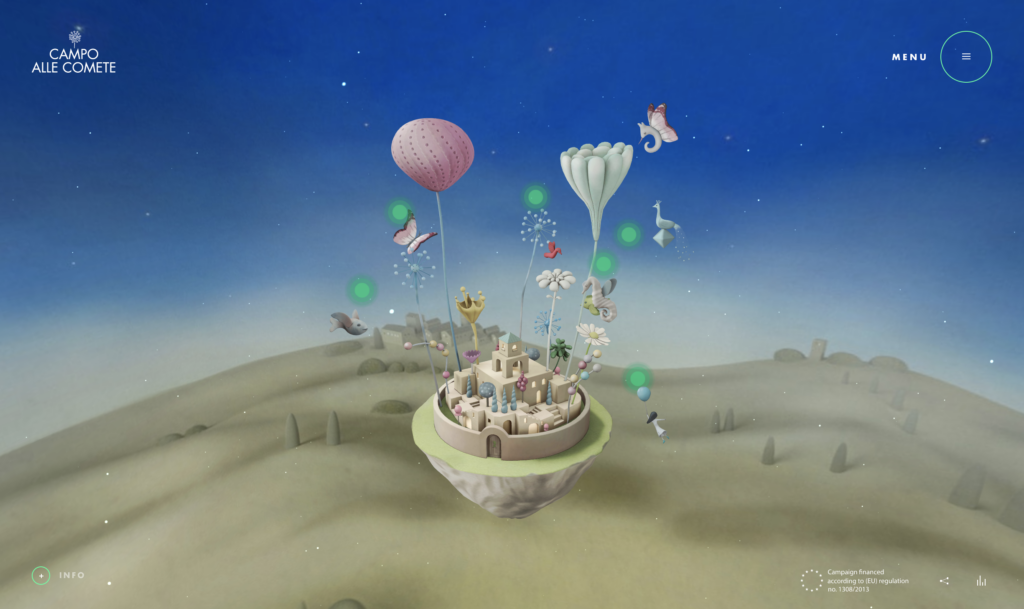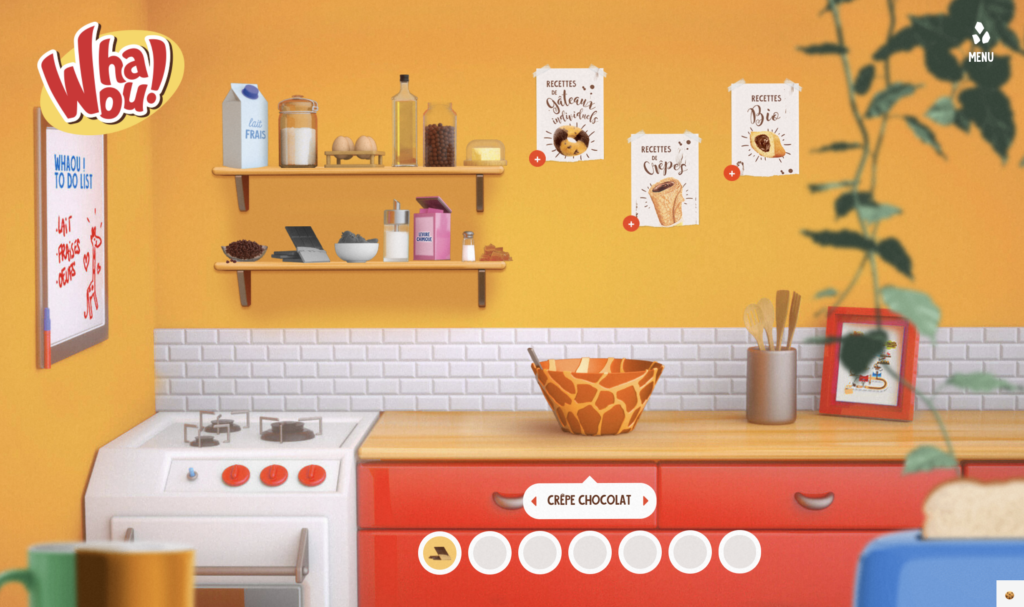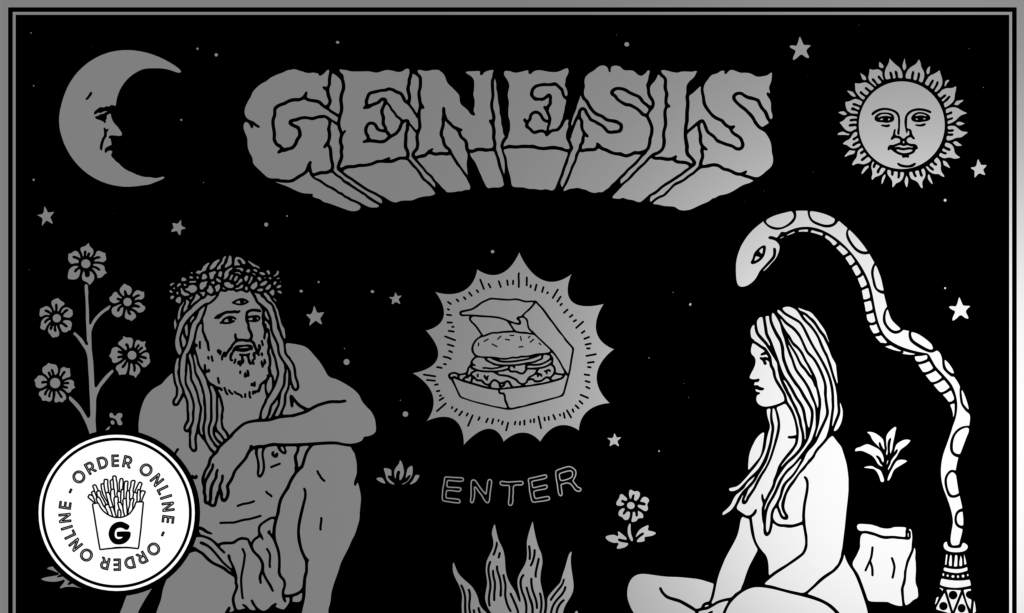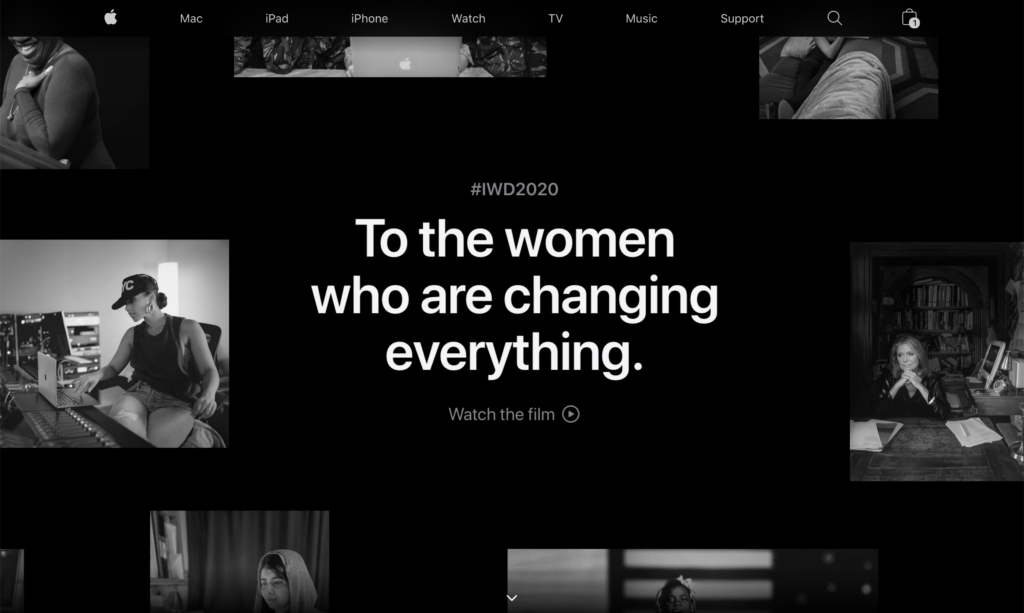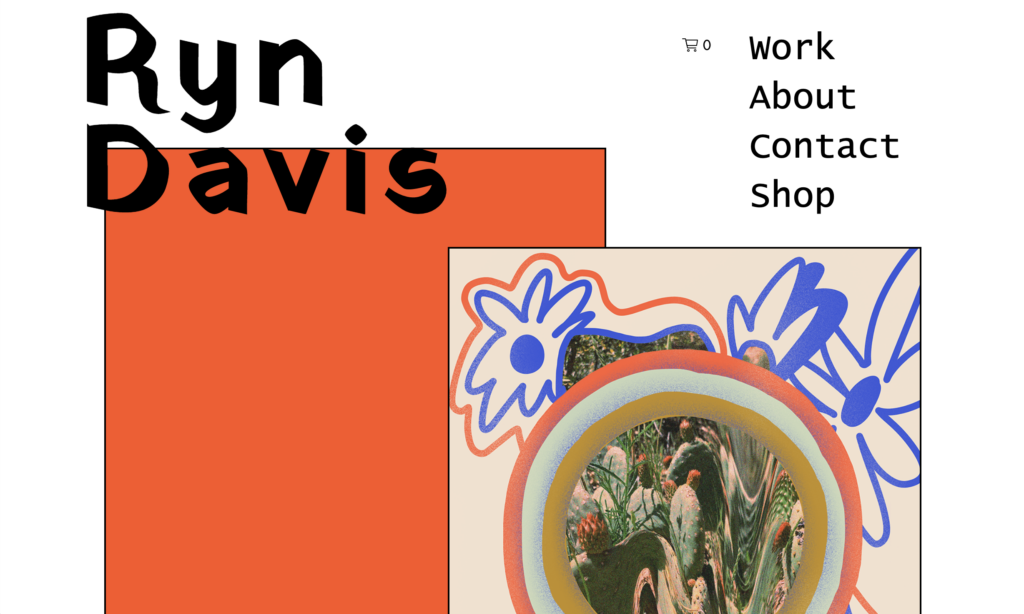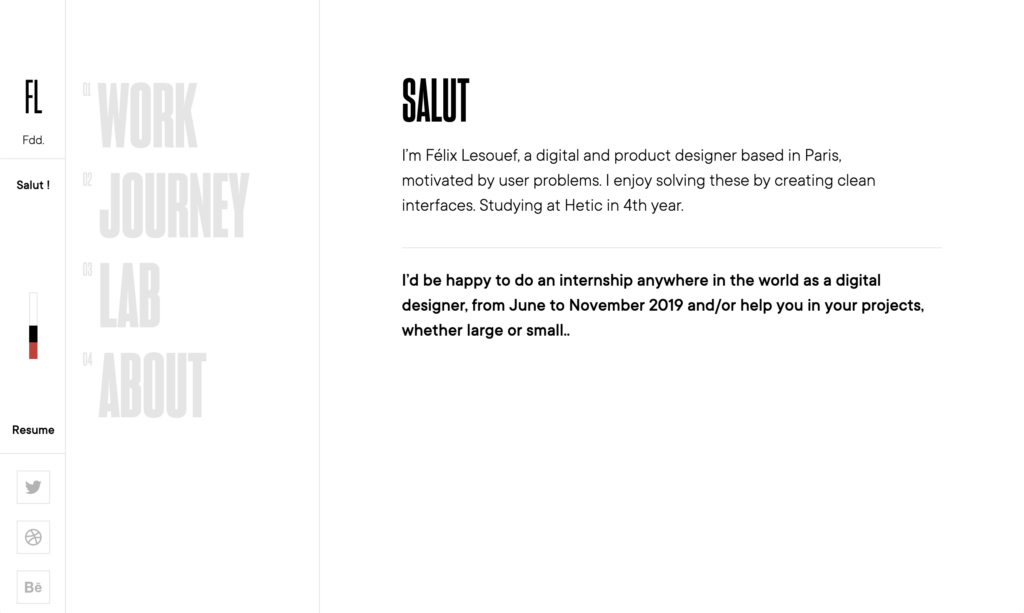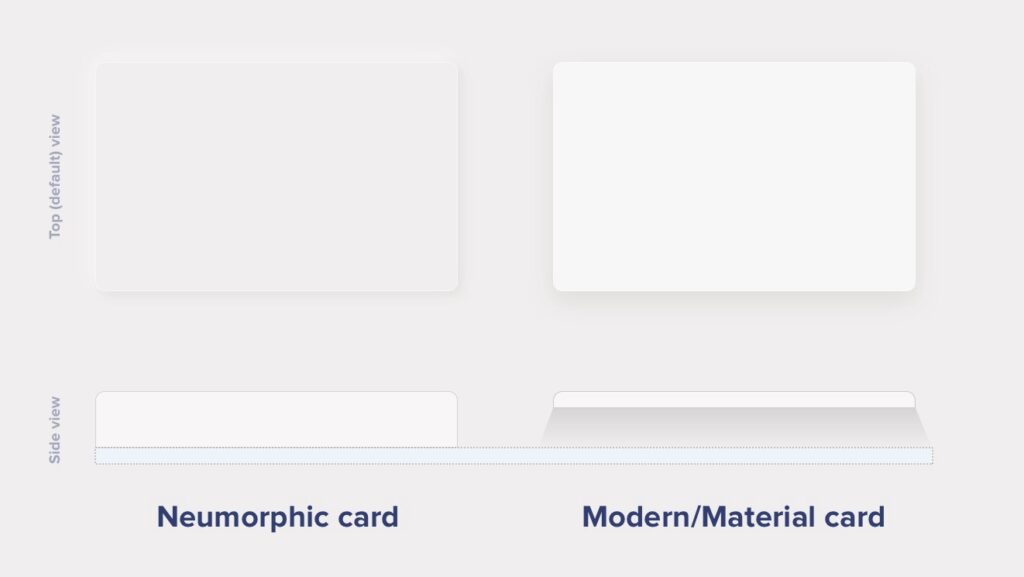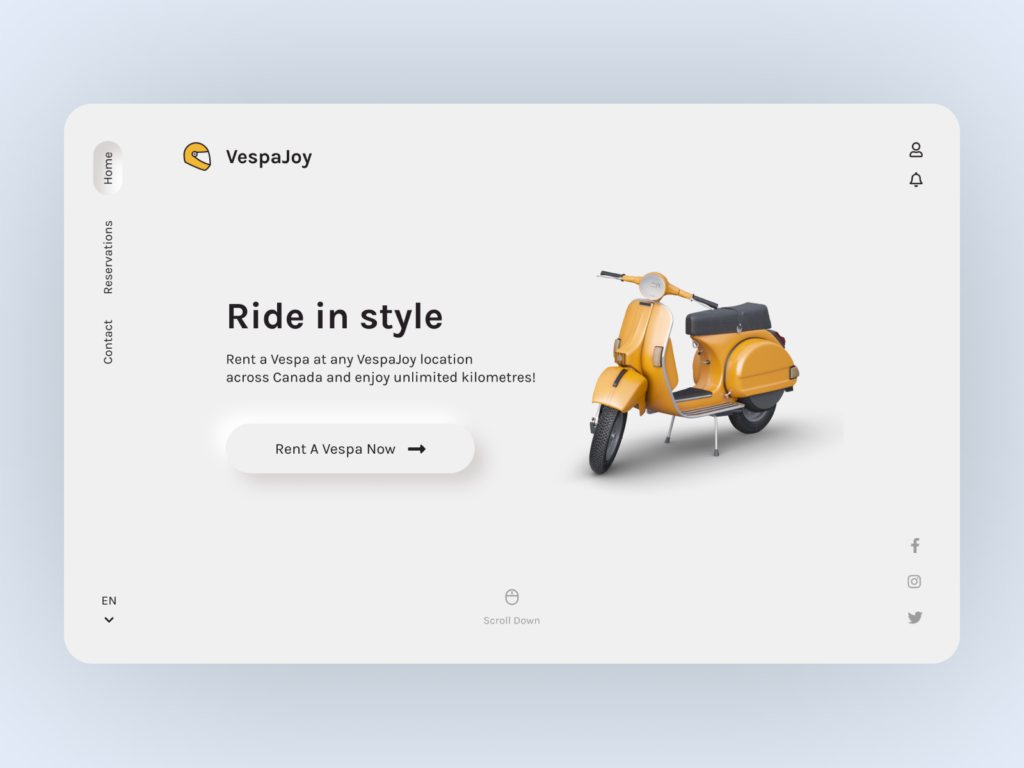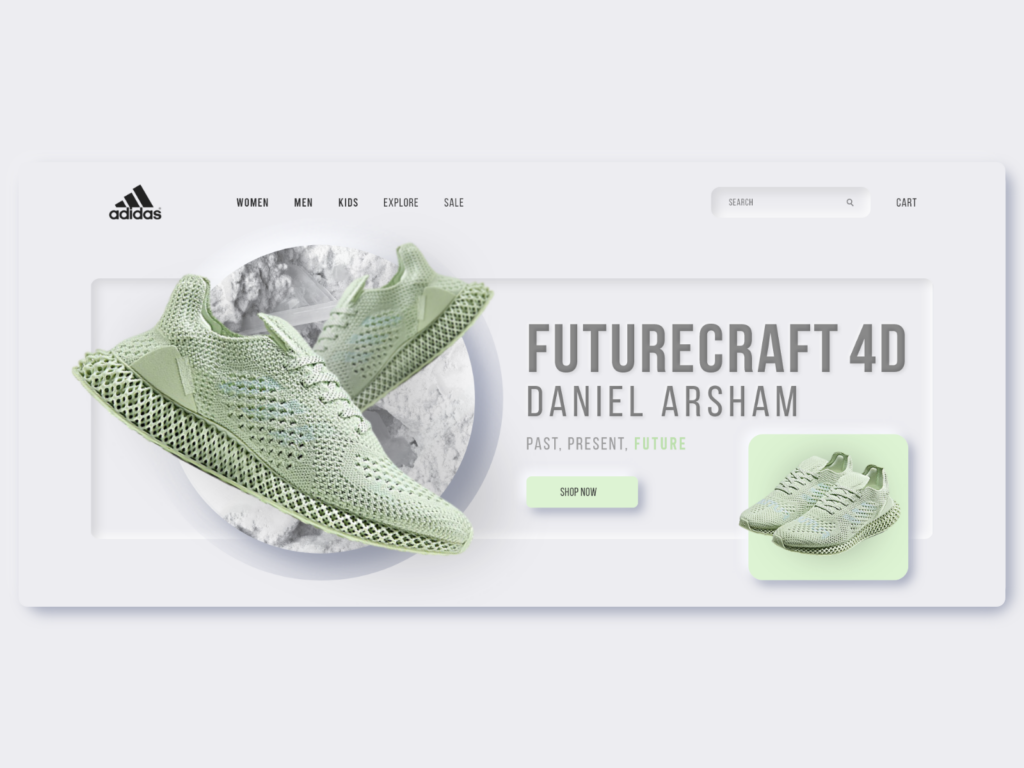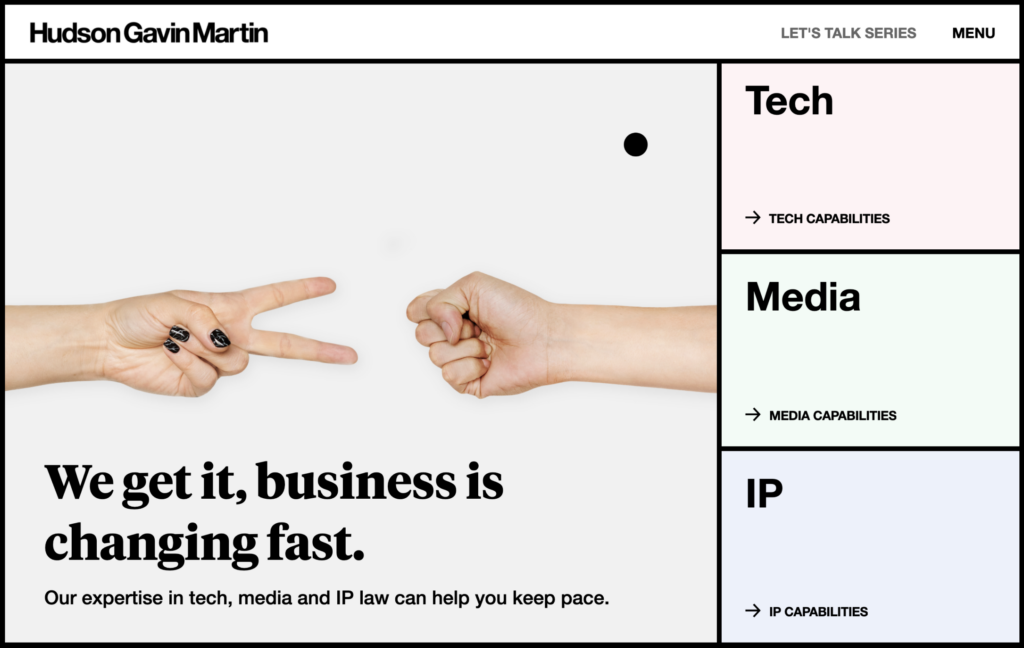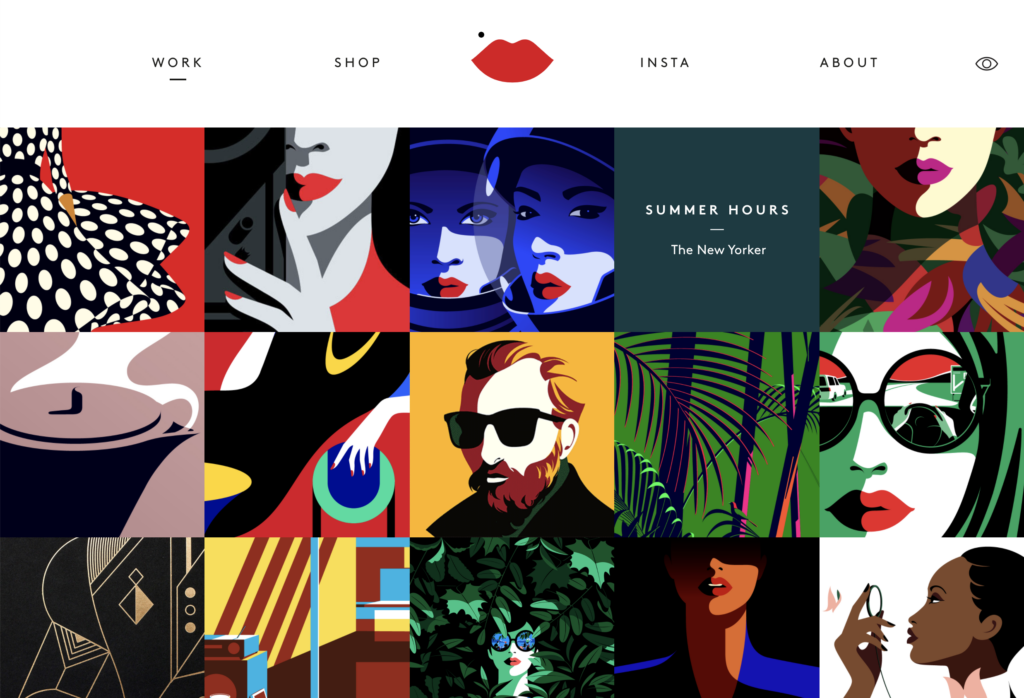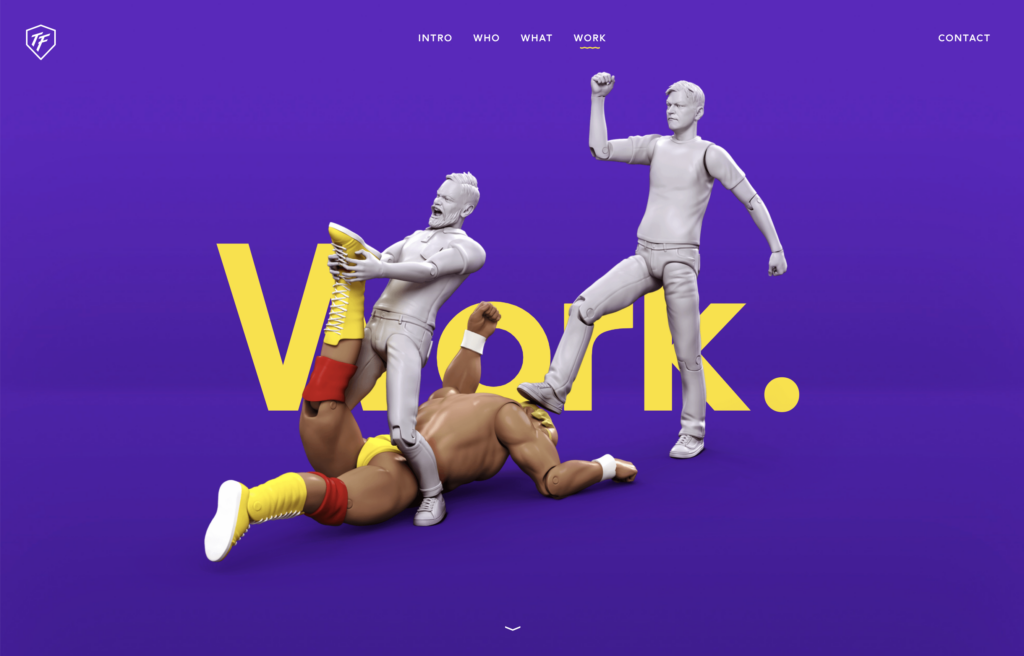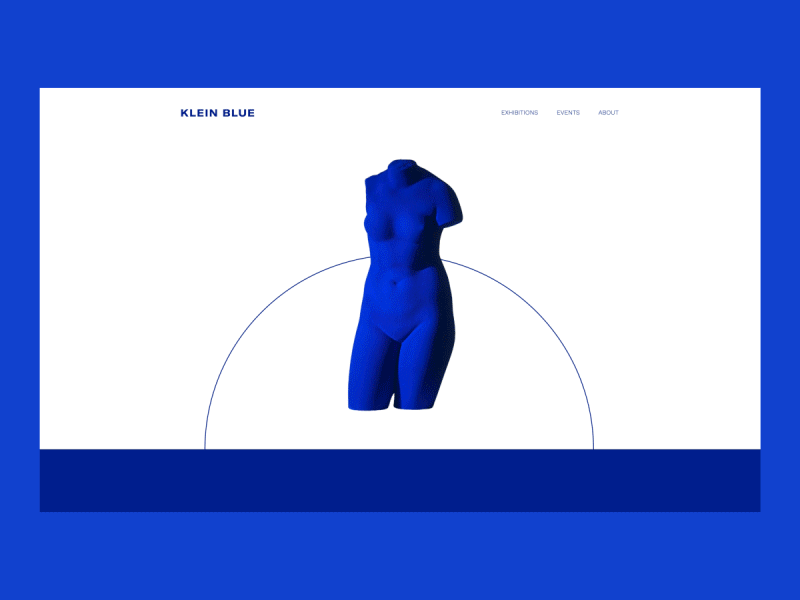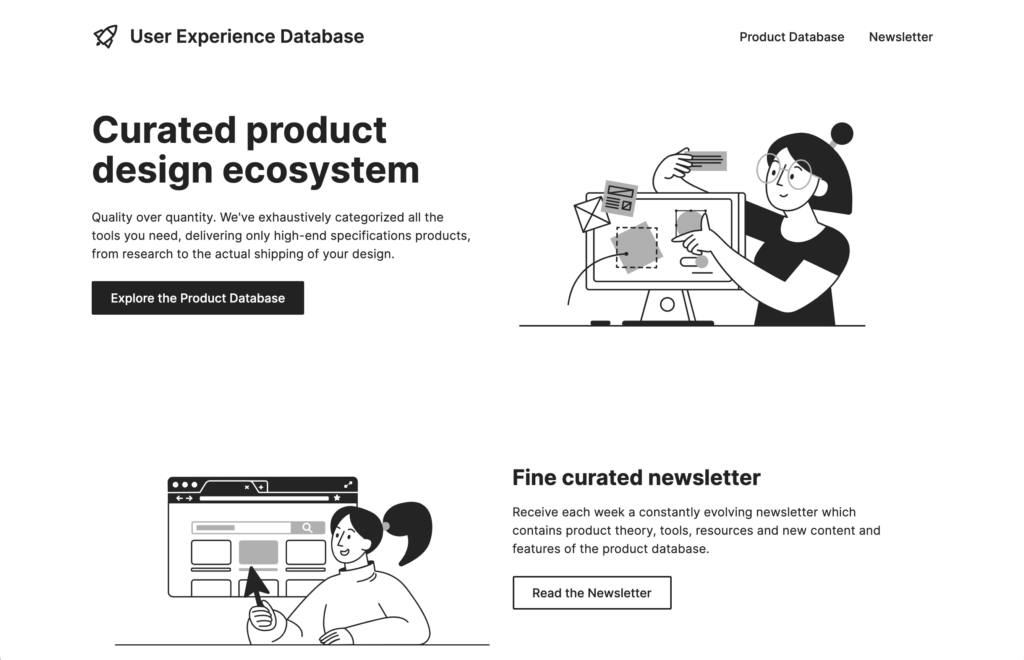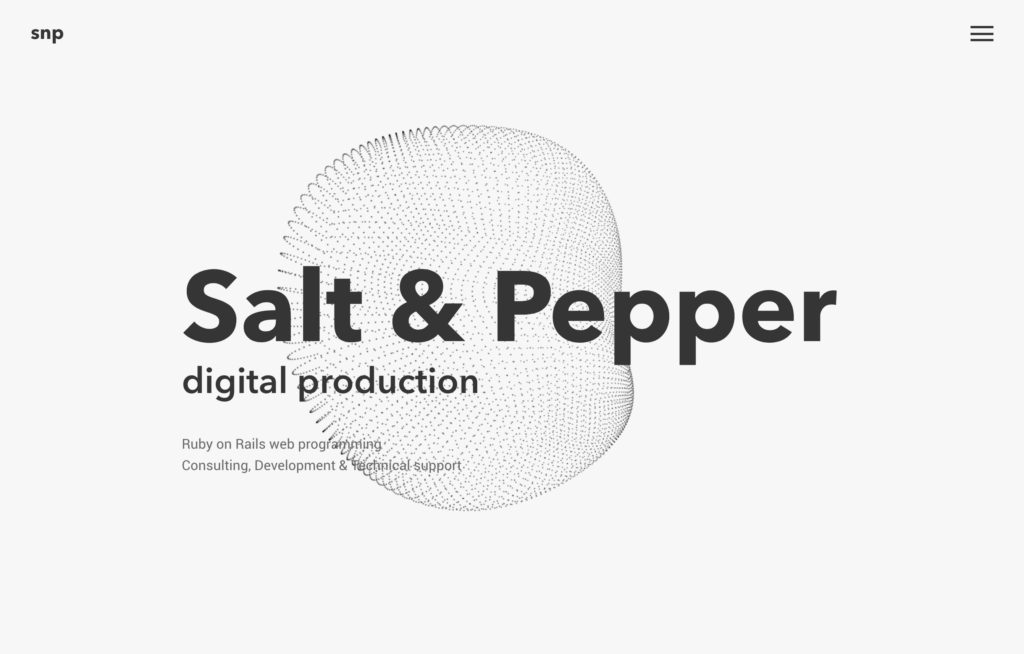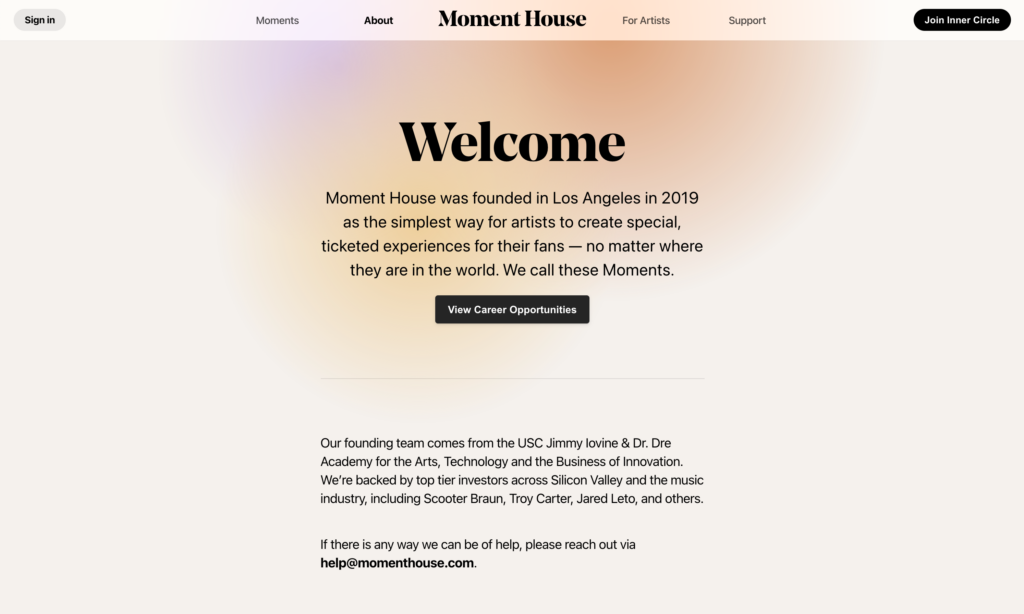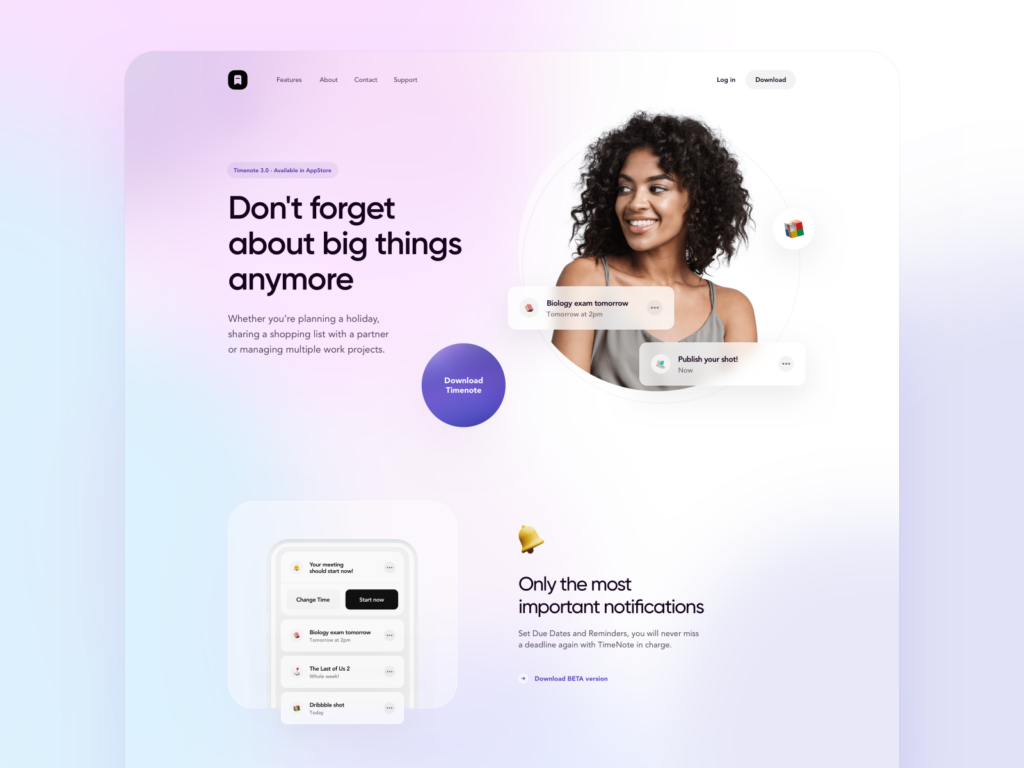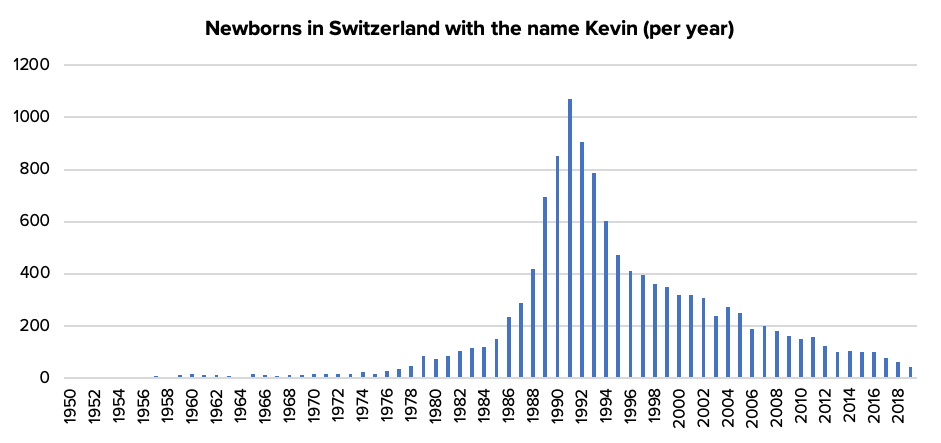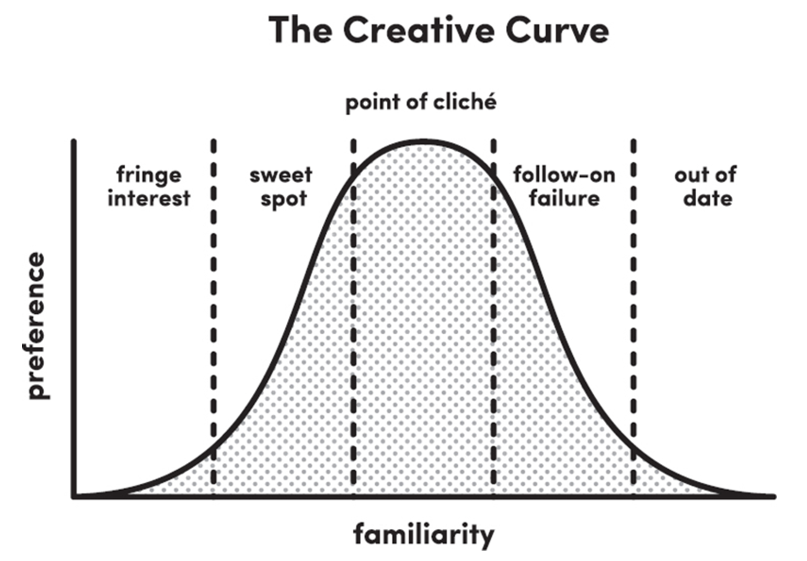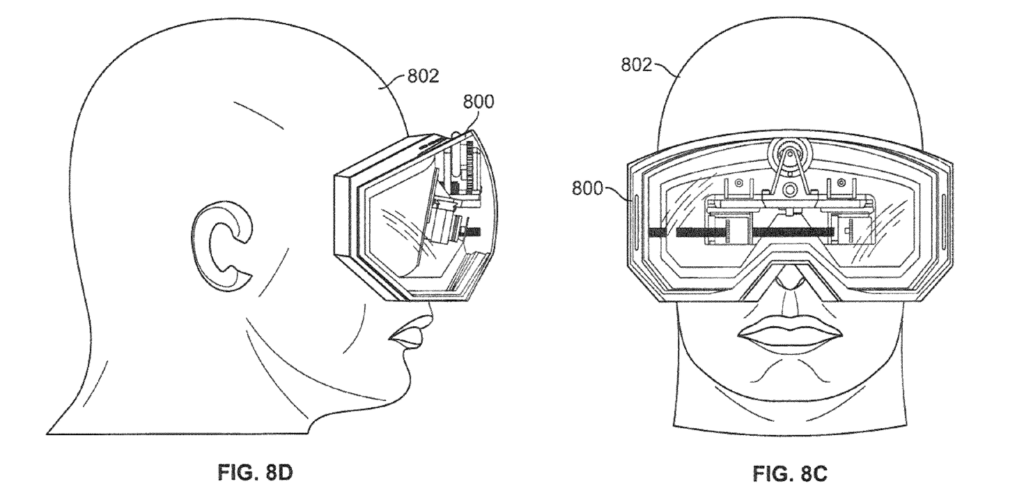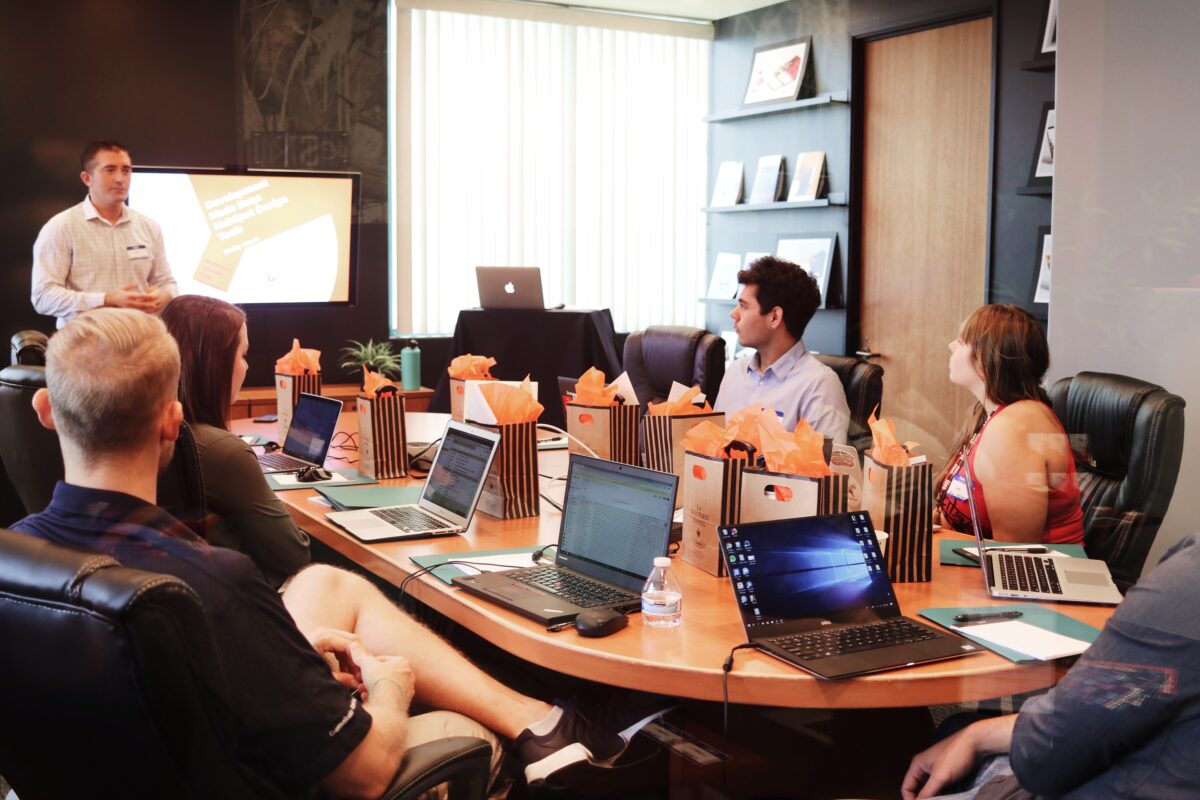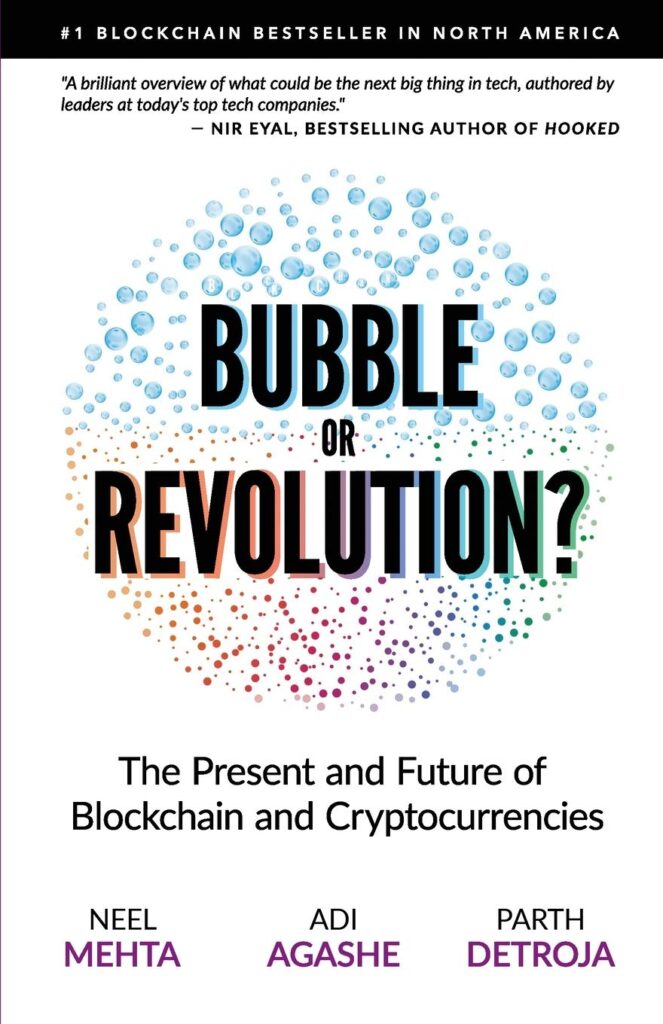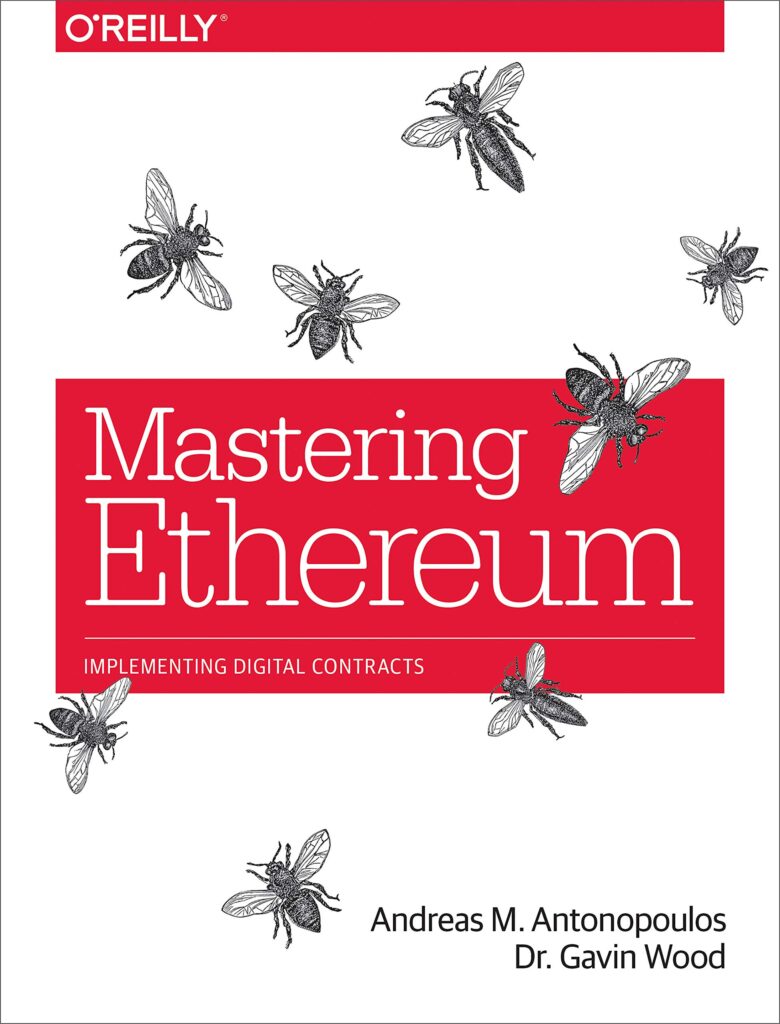It’s a fact that we spend a staggering 40% of our day doing things without thinking about them. Instead, we follow learned behaviors: how we respond to people; how we react to certain emotions; when and how we move, eat, and drink. These automatic behaviors are also known as habits.
“We are what we repeatedly do.
– Will Durant, The Story of Philosophy
Excellence, then, is not an act, but a habit.”
Digital products have the power to form habits. Companies that can create customer habits through their products gain a significant competitive advantage, because products and services weaved into customers’ automatic behaviors are less susceptible to attacks from other companies. But how can companies create products that people use every day? What are the secrets of building highly engaging services?
What are habits?
Let’s start with habits. Researchers define a habit as an “automatic behavior triggered by situational cues.” Simply put, habits are activities triggered by something and done with little or no conscious thought.
We all know that there are good and bad habits. Negative habits are often considered unhealthy, unproductive, or even dangerous. This includes eating unhealthily, compulsively scrolling through social media for hours, or smoking cigarettes. On the contrary, activities such as exercising, reading books, and drinking lots of water are considered positive habits.
Habits aren’t built overnight. Research has shown that it takes 18 to 254 days to form a new habit.
Digital products have the power to build and break habits, both good and bad. Let’s discover how it’s done.
The Hook Model
The Hook Model is a 4-phase process developed by behavioral economist and entrepreneur Nir Eyal. Companies can use it to create habit-forming products and services.
The goal is to generate voluntary, high-frequency user engagement. At its core, the Hook Model is about creating a customer habit. This is achieved by connecting a user’s problem to a company’s solution with enough frequency to make the engagement an ongoing practice.
The creation of habitual behaviors via a looping cycle can be divided into 4 steps: Trigger, Action, Variable Reward, and Investment. Breaking it down can help us to understand how habits are formed and how we can build habit-forming products.
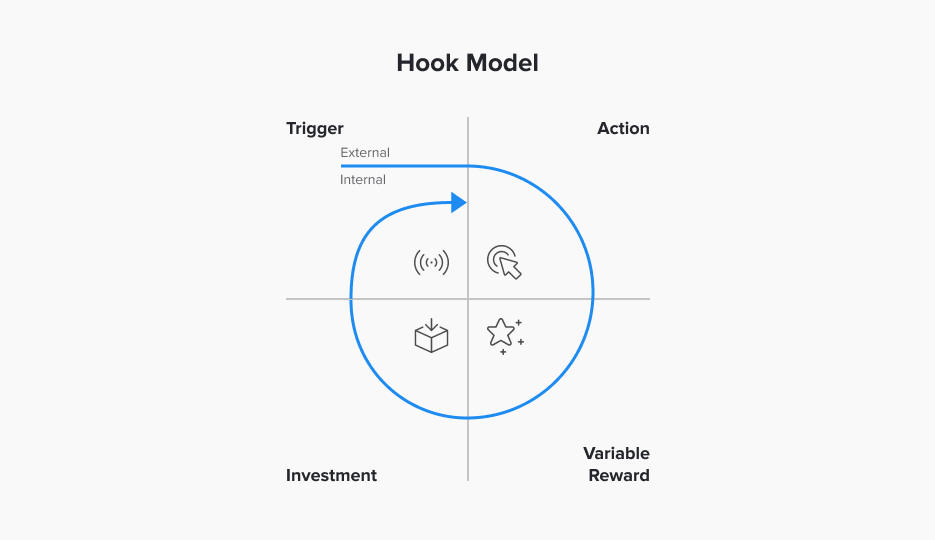
1. Trigger
First, there’s the trigger. An external trigger contains some information that lets you anticipate a reward, thus, causing your brain to innate a behavior. Our ancestors looked for cues that signaled the location of rewards such as food, water, and shelter. Nowadays, we’re constantly analyzing our environment for indications that promise money, fame, power, status, recognition, or personal satisfaction.
Triggers come in two types – external and internal.
External triggers are sensory stimuli from the physical environment. These can be something you hear, see, smell, taste, or feel.
Internal triggers are learned associations about what to do when having a thought or an emotion.
Product designers can employ external triggers such as call-to-action buttons on a web page, push notifications on smartphones, or emails with a link to drive users to engage with digital products. External triggers do not have to be software-based only. Research has shown that wearable activity trackers can act as a powerful external cue by reminding users to exercise.
Many popular digital products use external triggers to remind users to perform a behavior. Calm, a meditation smartphone app, increased retention threefold by showing users a daily reminder on their smartphones. Duolingo, a language learning app, sends out daily reminders via email to remind users to keep practicing. Gina Gotthilf, VP of Growth and Marketing at Duolingo, said: “Emails and notifications have been extremely effective in bringing people back.”
To build habit-forming products, product designers need to discover which internal trigger they can tie to a desired action. Then they need to figure out how to initiate the habit loop by using external triggers that drive users to the action.
For example, boredom is often associated with an action on a digital product. Just think about how often you check your email inbox or Instagram out of sheer boredom.
2. Action
After the trigger comes the action. The action is the behavior made in anticipation of the arrival of a reward.
But not every trigger ends in action. Dr. B. J. Fogg at Stanford University has a model that describes in a simple manner what drives our actions. For any action to occur, 3 criteria must all be present at the same time:
- The user must have sufficient motivation
- The user must have the ability to complete the desired action
- There must be a noticeable trigger
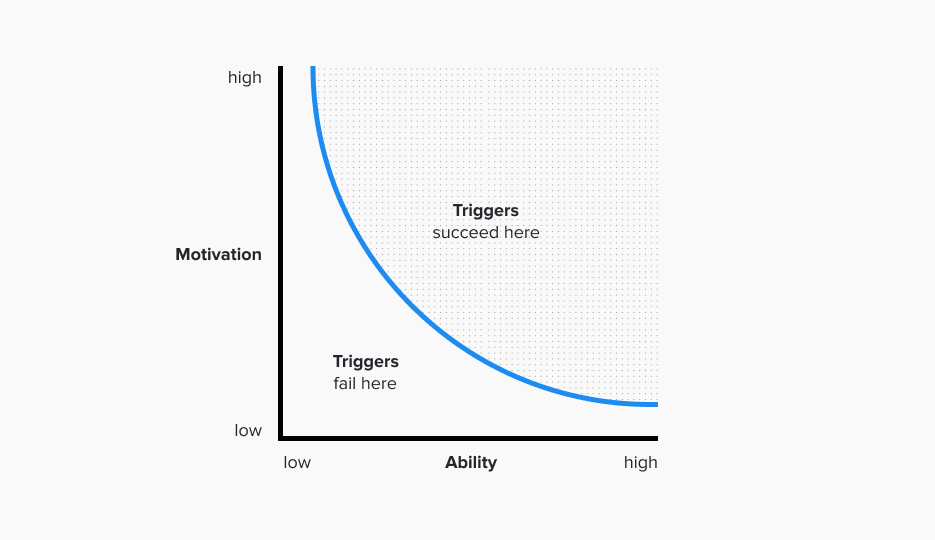
Let’s walk through two examples to explain the model.
Your phone rings, but you don’t pick it up because at least one of the following factors is present:
Low Motivation: You see that the call is from a call center. Therefore, you decide not to answer.
Low Ability: You hear the phone ringing but are in the shower and can’t pick it up.
Lacking Trigger: Your phone was on mute, so you didn’t hear it.
An app that tracks and analyzes running activities has a promotion for its monthly subscription fee. However, you don’t subscribe because at least one of the following factors is present:
Low Motivation: You’re not a runner. Therefore, you’re not interested in getting the subscription – even for free.
Low Ability: It still costs more money than you can spend. Your financial ability is limited.
Lacking Trigger: You can’t find the button to subscribe and profit from the promotion.
3. Variable Reward
A reward helps a person’s brain figure out if a particular loop is worth remembering. While the neurotransmitter dopamine surges in anticipation of a reward, introducing variability multiplies the effect, increases focus, and suppresses areas of the brain associated with judgment and reason. That’s why it’s more entertaining to spend an hour on a slot machine than work for an hour at a set wage.
As a product designer, give users what they came for. But leave them wanting more so they keep coming back to your product. To leave them wanting more, introduce an element of mystery about what they might find the next time they engage.
For apps with a content feed, make sure there’s some fresh content each time a user comes back. Successful products, whether Instagram, LinkedIn, or Pinterest, all make use of the variable rewards technique. Every time you open one of these apps, the content varies, and there’s no way you can anticipate what you’ll see.
4. Investment
In the last step of the loop, the user does some work. This investment can occur in many forms, such as time, data, effort, social capital, or money. Whenever a user invests in a product or service, the odds for another pass in the cycle increase in two ways.
First, an investment loads the next trigger to start the cycle all over again. For example, writing a message (investment) on WhatsApp makes it more likely to get a reply in the future (external trigger). An image posted on Instagram (investment) usually gets a few likes, a piece of information the app will deliver to the user via push notifications (external trigger).
Second, investments store value, which means that a product improves with use, increasing the likelihood of users returning. Such stored value can be content, data, followers, reputation, or skill. For example, on LinkedIn, users‘ online curriculum vitae (CV) embodies the concept of stored value. The company found that the more information users add to their online CV, the more likely they’ll return. There’s another benefit of stored value in your product. As the invested value is usually not transferable to another solution, users will also be less likely to switch to a competitor’s solution.
A powerful tool
In summary, an external or internal trigger elicits an action, which provides a reward. Then follows the investment phase, which lets users set themselves up for future triggers. Over time this learned sequence forms a neurological loop that becomes stronger with every additional cycle.
The Hook Model helps product designers create habit-forming products. It can also be used to uncover weaknesses in existing products which failed to form habits.
Use it for good
With great power comes great responsibility. As seen above, habit design is a superpower and should be used cautiously. If used for good, it allows product designers, entrepreneurs, and innovators to build habit-forming products that improve users‘ lives. If misused to exploit, companies use it to build habits that can turn into wasteful or even dangerous addictions.
